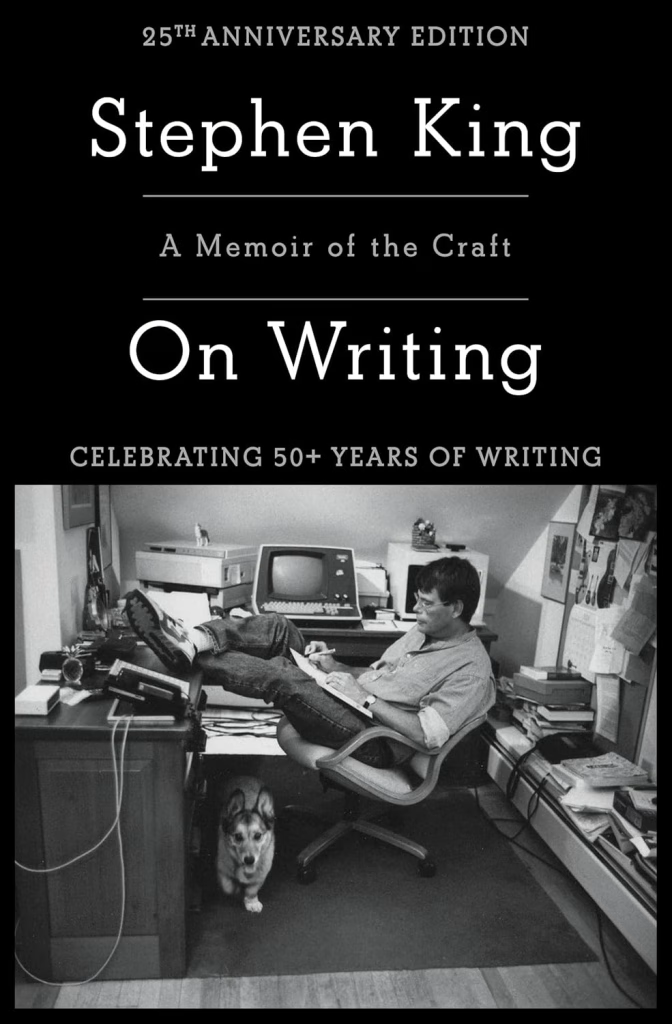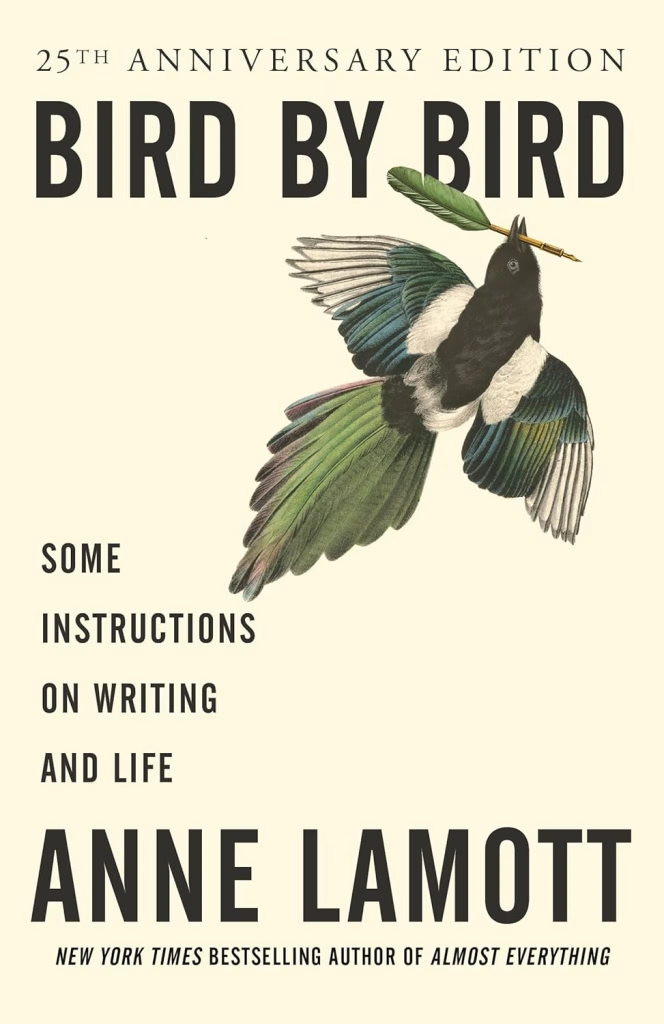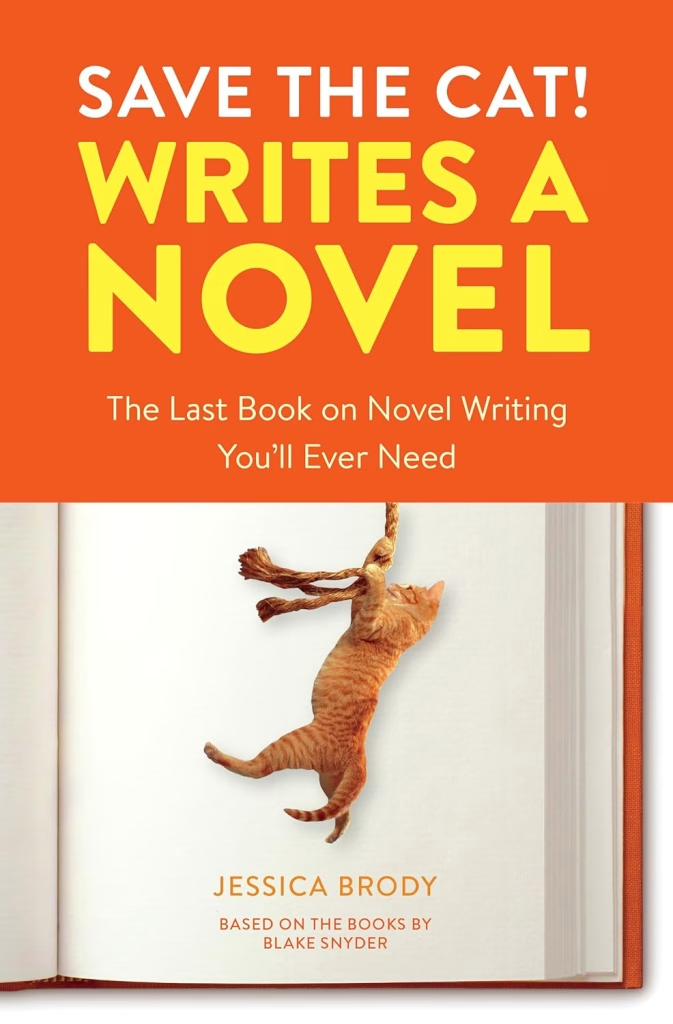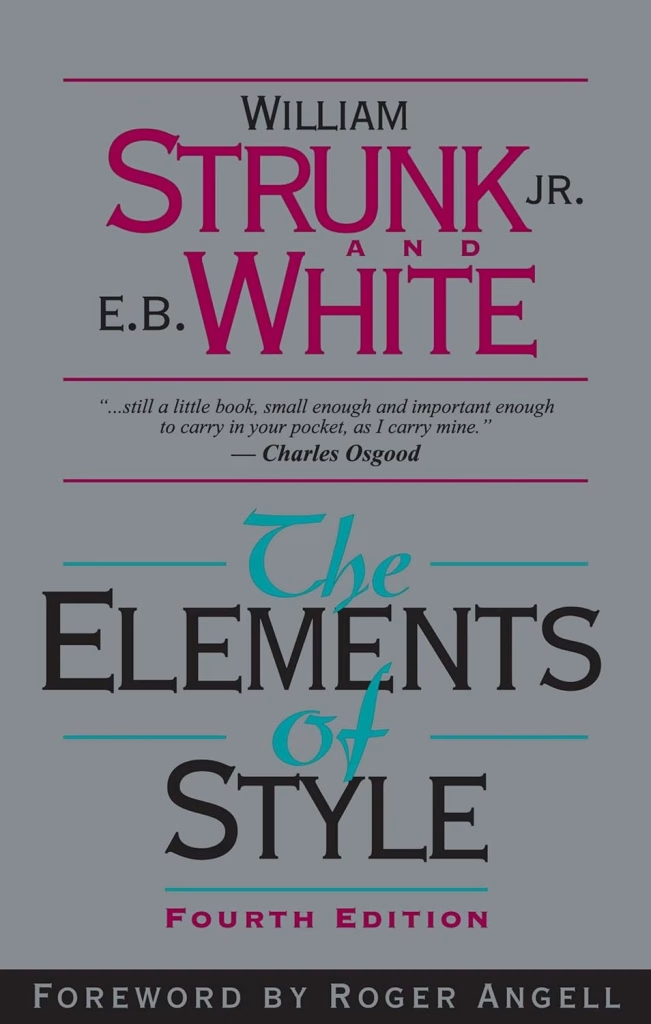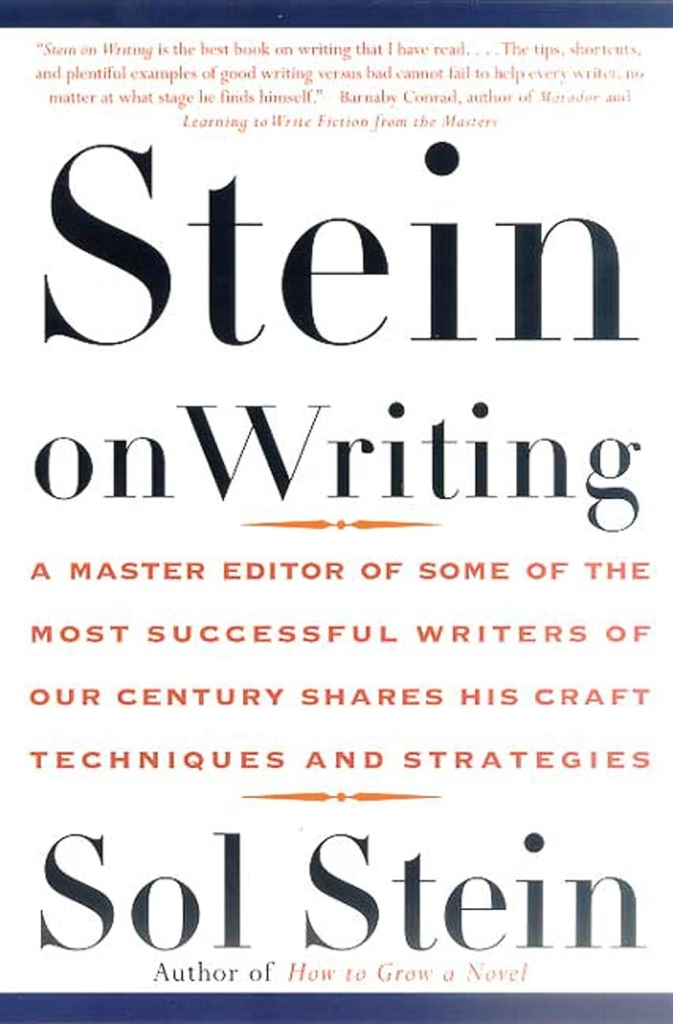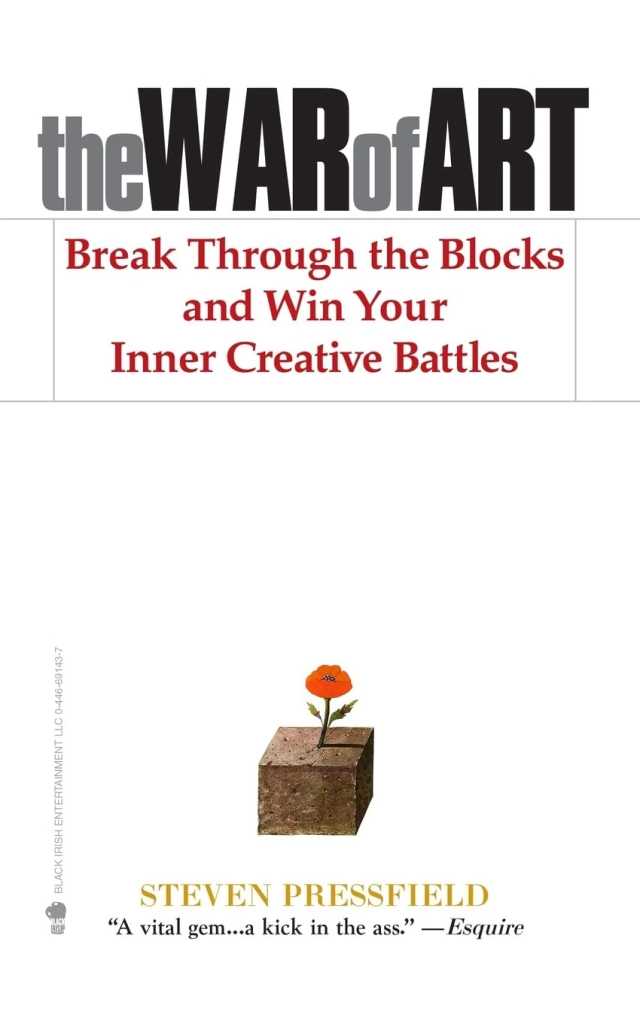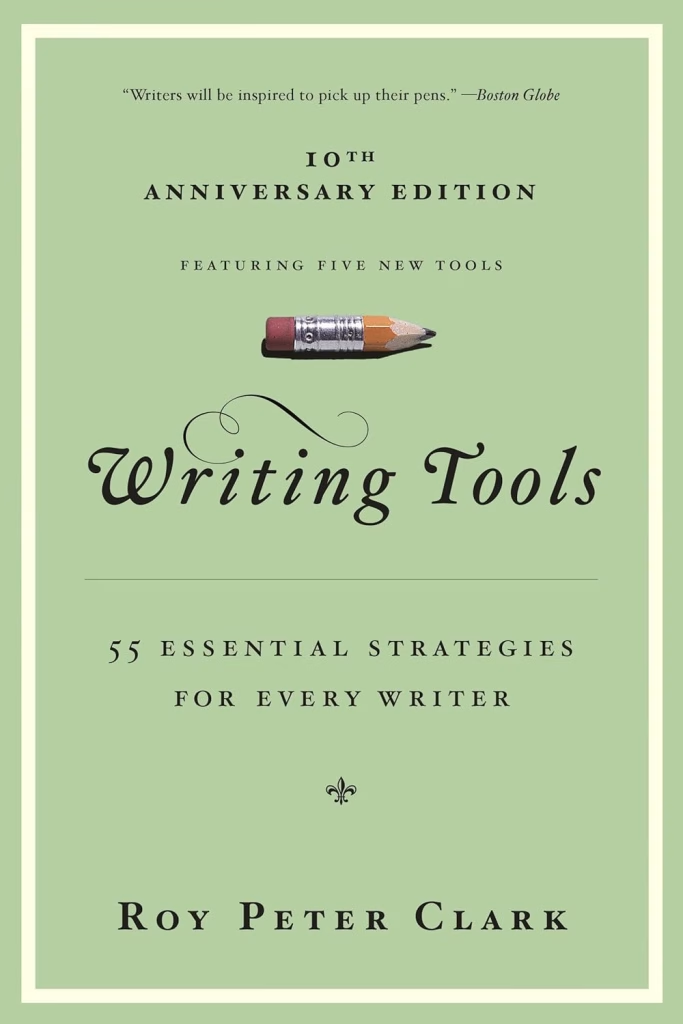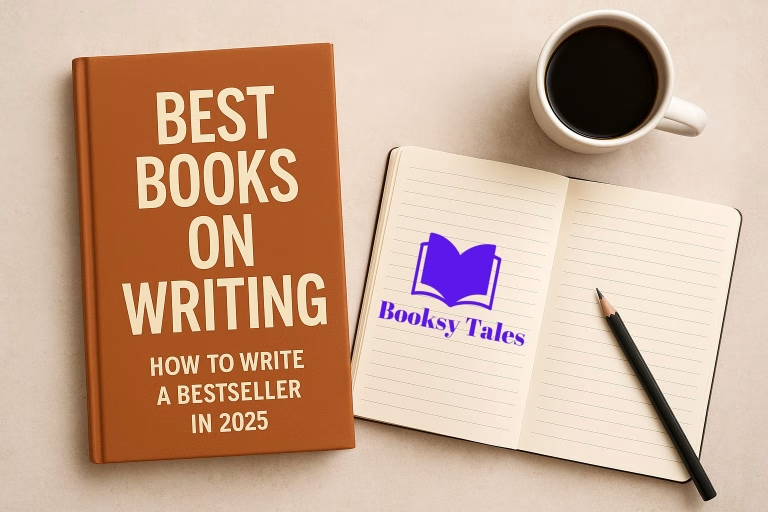
Writing a bestseller in 2025 is about more than just inspiration. With the rise of self-publishing, digital content, and AI-generated media, understanding the craft has never been more crucial. It’s about finding your unique voice, mastering storytelling techniques, and connecting with readers who have an endless variety of content to choose from. Whether you’re a first-time author or a seasoned writer, the right guidance can sharpen your skills, boost your confidence, and help you create a story that resonates. This article highlights ten of the best books on writing, each offering invaluable lessons to help you write your own bestseller in 2025.
1. On Writing: A Memoir of the Craft by Stephen King
Stephen King’s On Writing is a combination of memoir and masterclass, offering both personal insights and practical advice. King discusses the habits that helped him become a prolific author, including the importance of daily writing routines, reading widely, and continually honing your craft. He emphasizes the value of rewriting and self-editing, showing that first drafts are just the beginning of a story. Today, where independent authors face a competitive market, King’s advice on perseverance, overcoming rejection, and refining manuscripts is crucial. His “toolbox” approach, focusing on grammar, style, and vocabulary, helps writers build strong foundations, making their stories polished, professional, and ready for readers.
2. Bird by Bird: Some Instructions on Writing and Life by Anne Lamott
Anne Lamott’s Bird by Bird blends humor, honesty, and inspiration, helping writers navigate both the creative process and personal challenges. Lamott encourages writers to embrace “shitty first drafts,” acknowledging that perfection at the start is unrealistic. She also explores the importance of community and feedback, highlighting that sharing your work and listening to others can enhance your writing. With online writing communities and social media critiques becoming prevalent, Lamott’s guidance on vulnerability and openness is more relevant than ever. Writers who follow her advice can develop authentic voices that resonate with audiences, a key ingredient for crafting bestsellers.
3. Save the Cat! Writes a Novel by Jessica Brody
Jessica Brody adapts Blake Snyder’s screenwriting techniques to the novel format in Save the Cat! Writes a Novel. This book breaks down narrative structure into clear, actionable steps, helping writers craft compelling, well-paced stories. Brody’s framework, including beats like “The Opening Image” and “The Finale,” allows authors to plan novels that keep readers engaged from start to finish. In this era, where readers have access to a vast array of digital content, well-structured novels often outperform less organized ones. By applying Brody’s methodology, writers can ensure that every chapter builds suspense, deepens character arcs, and satisfies readers’ emotional expectations.
4. The Elements of Style by William Strunk Jr. and E.B. White
The Elements of Style is a timeless guide for writing clear, concise, and effective prose. Strunk and White emphasize rules like eliminating unnecessary words, using the active voice, and maintaining proper grammar, all of which are essential for readability. In today’s modern world, attention spans are shorter, and readers value stories that get to the point while remaining engaging. This book teaches writers to focus on clarity without sacrificing style, ensuring that their narrative shines amidst the digital noise. Bestsellers often owe their success to a clean, compelling voice, and this resource is a fundamental tool for achieving that.
5. Story Genius by Lisa Cron
Lisa Cron’s Story Genius highlights the importance of understanding character psychology and internal conflict. Cron demonstrates that readers connect deeply with stories when they can empathize with the protagonist’s desires, fears, and challenges. The book provides exercises to uncover these character motivations and integrate them seamlessly into the plot. In an era where content is abundant, emotional authenticity distinguishes a book from the rest. Writers who follow Cron’s strategies can create layered, compelling characters that drive the story forward, giving their novels a competitive edge in today’s crowded marketplace.
6. Stein on Writing by Sol Stein
Sol Stein’s Stein on Writing focuses on practical techniques for refining prose and engaging readers. Stein covers elements such as dialogue, pacing, and suspense, emphasizing how subtle details can make a significant impact. He also stresses the importance of editing and revising, a crucial step for writers aiming to reach bestseller status. In this generation, where the quality of indie publications is rising, mastering these techniques is essential. Stein’s methods help writers polish raw manuscripts into works that capture attention, sustain interest, and leave a lasting impression on readers.
7. The War of Art by Steven Pressfield
Steven Pressfield’s The War of Art addresses the internal barriers that prevent writers from completing their work. He defines “Resistance” as the combination of fear, procrastination, and self-doubt that hinders creativity. Pressfield provides strategies to overcome these obstacles, emphasizing discipline, consistency, and commitment to craft. In a world full of distractions, especially with digital media competing for attention, Pressfield’s message is more critical than ever. Writers who internalize his lessons can develop the perseverance needed to finish their novels and position them for bestseller success.
8. Writing Down the Bones by Natalie Goldberg
Natalie Goldberg combines Zen philosophy with practical writing advice in Writing Down the Bones. She encourages writers to practice daily freewriting, letting words flow without judgment. This approach helps uncover authentic voice, sparks creativity, and breaks through mental blocks. In today’s world, when market trends and algorithm-driven content often pressure authors to conform, Goldberg’s method reminds writers to stay true to their unique vision. Writers who embrace her techniques often produce stories with originality and depth, qualities that readers recognize and reward.
9. Mastering Plot Twists by Jane K. Cleland
Jane K. Cleland’s Mastering Plot Twists is a detailed guide for crafting surprising yet believable story turns. Cleland explains how to plant clues, build tension, and structure twists so they feel inevitable rather than forced. In genres like mystery, thriller, and romance, well-executed twists can elevate a story from good to great. Nowadays, readers are savvy and have encountered countless tropes; the ability to deliver clever, satisfying plot turns is a hallmark of bestselling novels. By learning from Cleland, writers can keep their audiences engaged and eager to turn every page.
10. Writing Tools: 55 Essential Strategies for Every Writer by Roy Peter Clark
Roy Peter Clark’s Writing Tools compiles 55 practical strategies to improve writing immediately. Each tool focuses on aspects such as sentence rhythm, word choice, and narrative momentum. Clark’s lessons are actionable and flexible, suitable for any genre or experience level. In today’s world, when writers must compete with a mix of traditional, indie, and digital content, having a diverse skillset is invaluable. Applying Clark’s tools allows authors to craft stories that are not only well-written but also highly engaging, making them more likely to become bestsellers.
Crafting a bestseller in today’s world requires more than raw talent; it demands discipline, insight, and a mastery of the craft. The ten books listed here provide a comprehensive toolkit: Stephen King’s practical advice, Anne Lamott’s encouragement, Brody’s structural blueprint, and Pressfield’s motivational strategies all contribute to a writer’s growth. From mastering character motivation with Lisa Cron to refining prose with Sol Stein and Roy Peter Clark, each resource equips writers with the knowledge to navigate the modern publishing landscape. By combining these lessons with consistent practice and creative persistence, aspiring authors can turn their ideas into compelling novels that resonate with readers and stand out in a competitive market. With guidance from these influential books, the journey toward writing a bestseller becomes both achievable and inspiring.

